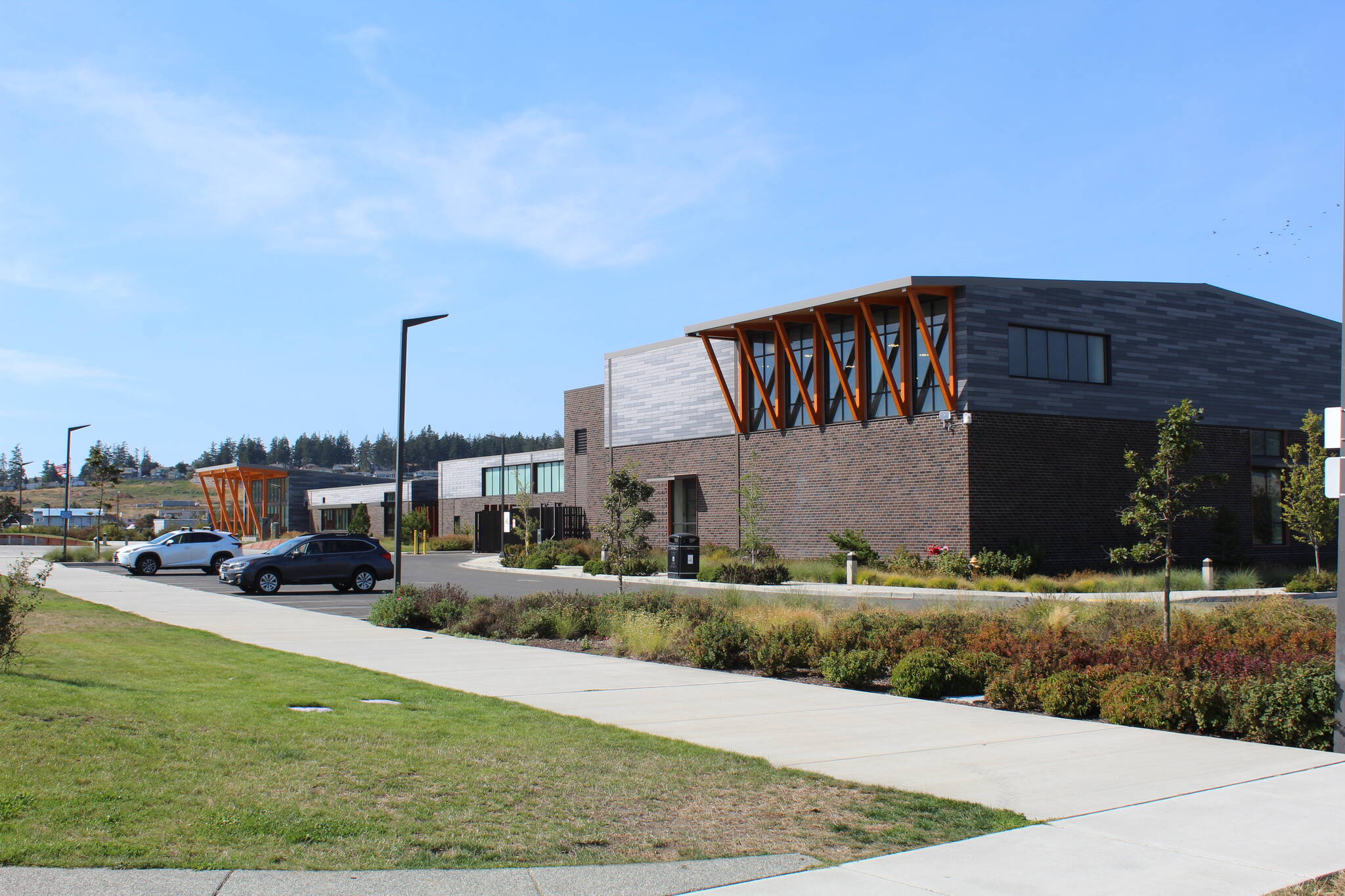Waters near Oak Harbor may turn red Monday morning, according to the state Department of Health.
While the unusual hue may look like a biblical plague, it is actually the result of a study the department is conducting to determine how the Oak Harbor Clean Water Facility may be impacting nearby shellfish growing areas in Penn Cove and the Saratoga Passage.
The study utilizes rhodamine, a non-toxic dye approved by the Environmental Protection Agency and the Food and Drug Administration, to track the movement of treated wastewater from the Oak Harbor plant. The health department assures that the dye is not harmful to people, marine life or the environment.
The dye will allow department scientists to track the plant’s effluent plume and estimate the time of travel to the current sanitary line and nearby shellfish growing areas, as well as the dye concentration and flushing time if the plume reaches the Penn Cove growing area, according to environmental engineer Mark Toy, who is coordinating the study.
Scientists will also “evaluate microbial concentrations in sentinel oysters and correlate those results with effluent dilution from the wastewater outfall,” Toy said.
The study will provide information that will help the health department determine under what conditions to enact emergency closures of adjacent shellfish growing areas, Toy explained. It will also allow the department to evaluate the adequacy of the current sanitary line, or area around the plant where commercial shellfish harvest is prohibited, and determine whether that line should be moved.
The red dye will likely be very noticeable the morning of Sept. 12, but Toy said it should be less visible later that afternoon.
This study was originally scheduled for 2019 shortly after construction of the $150-million, membrane-bioreactor treatment plant was finished but was delayed due to technology issues. It was subsequently delayed in 2020 and 2021 because of the COVID-19 pandemic.
It is normal to conduct this kind of study when a new plant is built and regularly thereafter. A disease outbreak might also prompt such a study, though Toy confirmed there has not been a disease outbreak on Whidbey Island, and this study is simply standard protocol.
“Although this plant did have a sewage bypass due to an unusual rain event in February 2020, for the most part effluent quality is excellent,” he said.
Colleen Keltz, a spokesperson for the state Department of Ecology, explained that the treatment began discharging treated wastewater effluent through a new outfall in 2018. Several models and analyses evaluating impacts to designated uses were conducted prior to issuing the NPDES permit and all showed no impact or no measurable degradation of water quality from plant’s discharge.
The plant and the new outfall, however, were never evaluated for “far field effluent dilution,” Keltz said in an email, which is needed to evaluate potential impacts to the shellfish growing areas. The dye tracer study will do just that in real-world conditions.
While the sewage plant has not won the operator awards in the past few years — while other older facilities on Whidbey Island have — the Department of Ecology reports that it “largely complies with effluent limits and permit conditions.” The reason the plant wasn’t awarded last year, for example, was simply because the facility exceeded effluent limits for pH on two days last year due to automated membrane cleanings.



